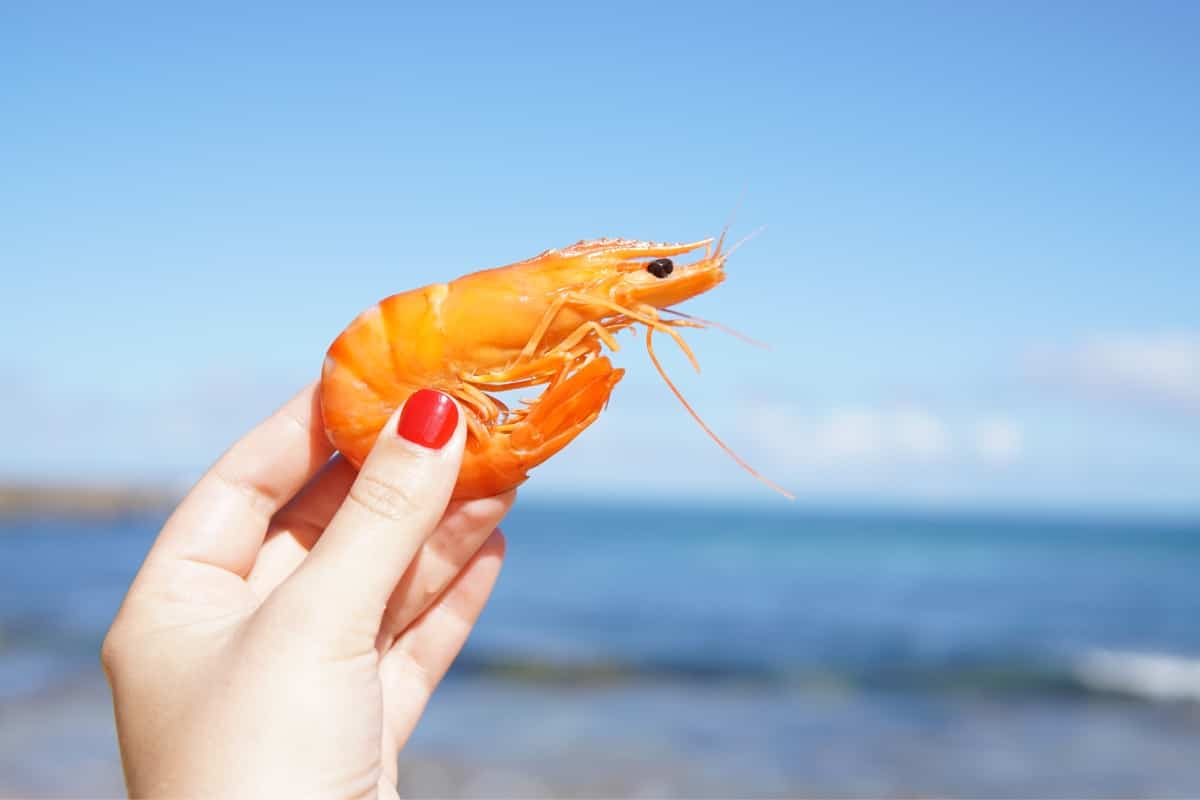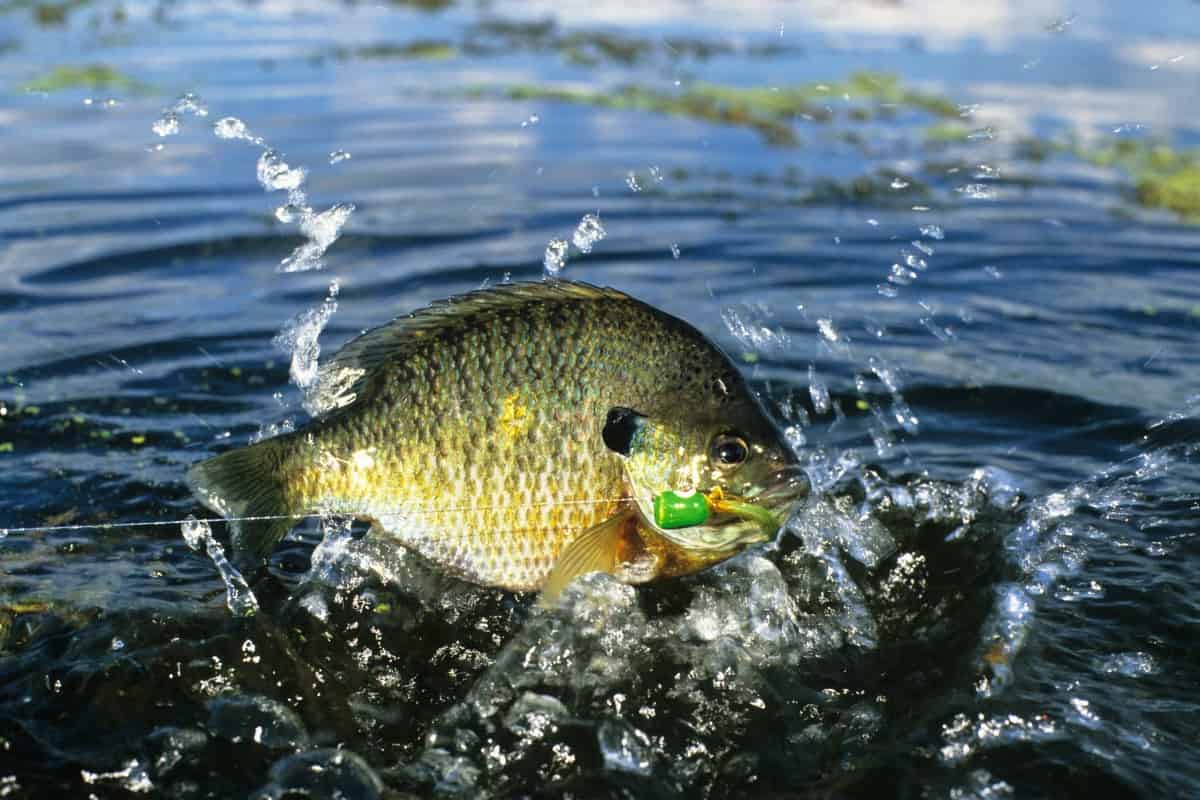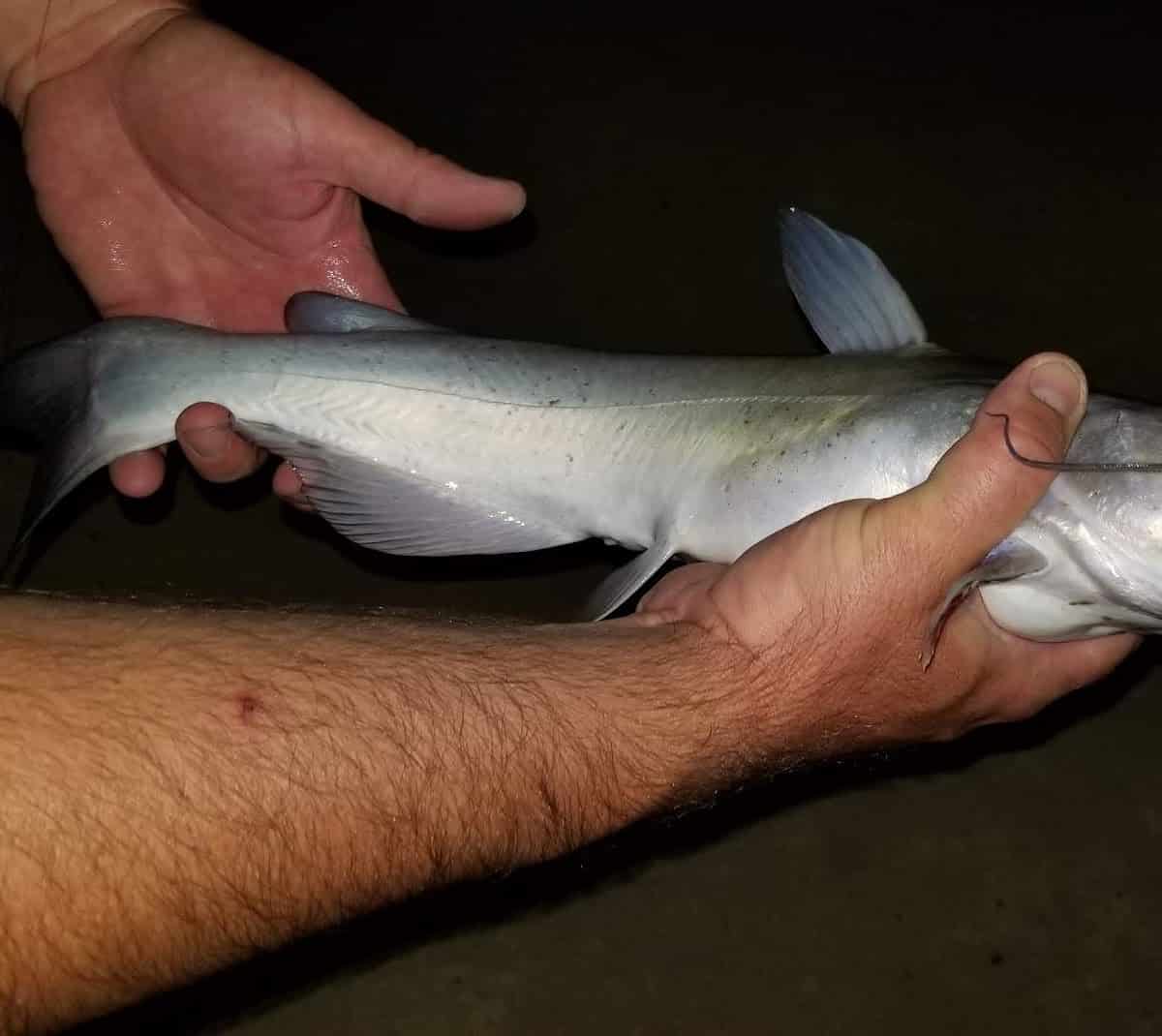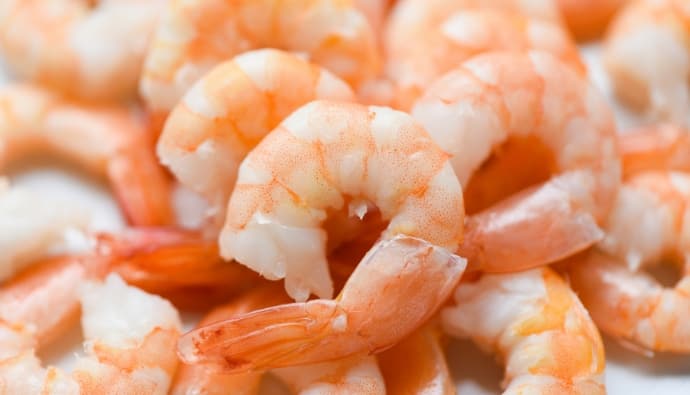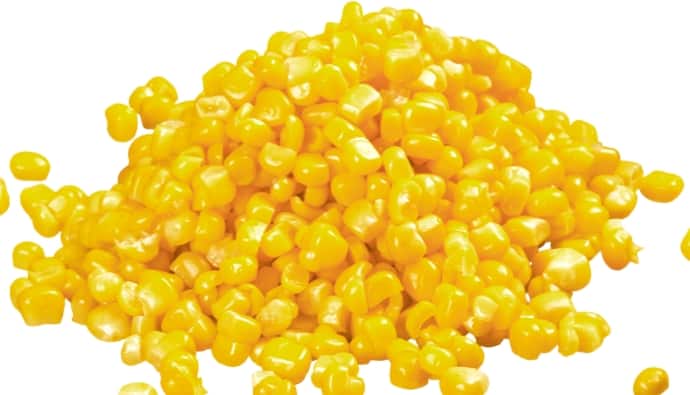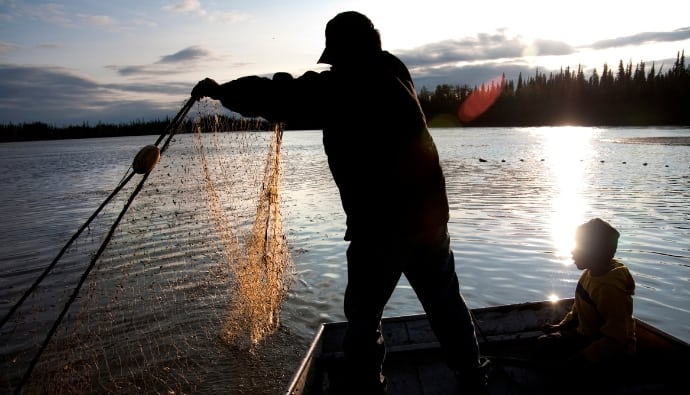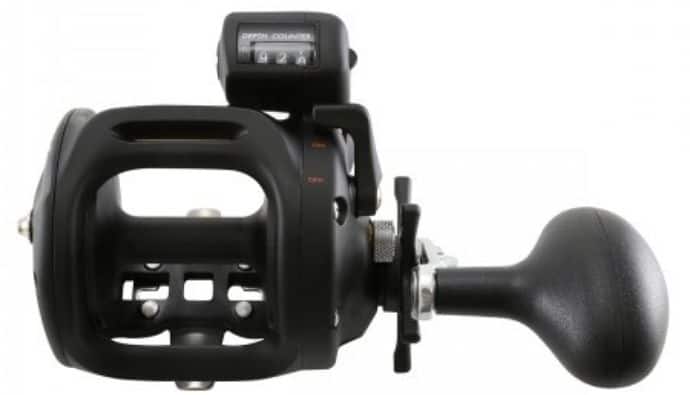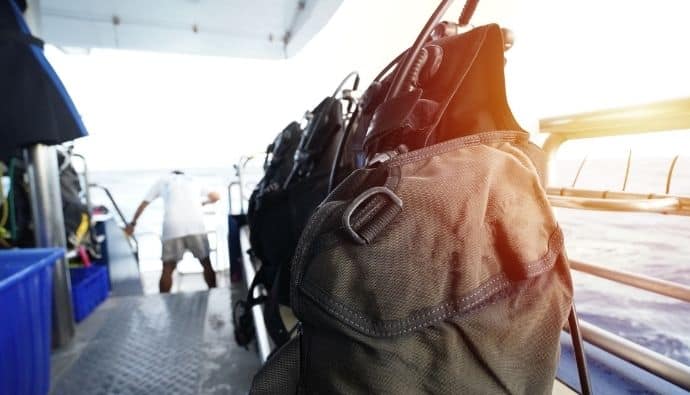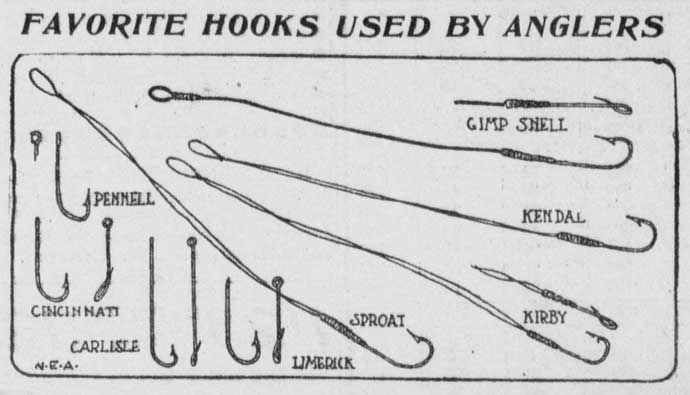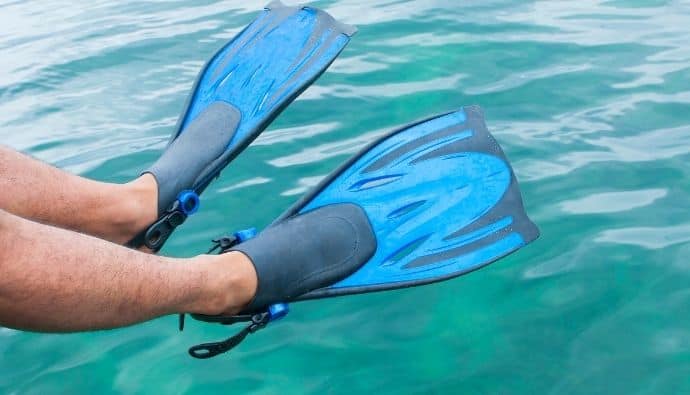If you are looking for a game fish or starting freshwater fishing, knowing the right live bait will help. It makes a huge difference in helping you catch your favorite tasty freshwater fish. But do keep in mind that the live bait depends on your target catch.
Want to learn more about using live fishing bait?
Keep reading!
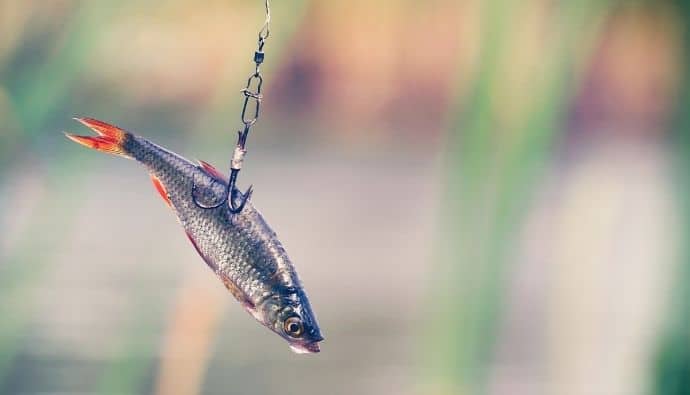
Live Minnows
Big fish will eat little fish. Live minnows are one of the most challenging types of fish bait. These are baby fish and are famous for freshwater live bait fish. Experienced anglers can look for minnows that big fish eat. However, live bait shops sell these, and that is the simplest way to have them. Learn how to hook a minnow.
How to Fish Minnows
Seining is the best way to fish minnows. It would help if you found a small creek or shallow area along the edge of a lake.
What you can do is float them beneath a fishing bobber. This tactic is effective in spring because there are many fish in the shallows. Trophy largemouth bass usually eats these and shad, so this is a great live bait to use. You can use these as live bait for largemouth bass, smallmouth bass, and pan fish.
Creek chubs, or larger minnows, work as live bait fish to catch larger fish. These include largemouth bass and kingfisher. To have it as your live bait fish, they adapt well to aquarium environments.
You can make a minnow trap. You can use peanut butter, crackers, and live insects to spread around the trap. You leave the trap for about 15 minutes, and you can have a good catch.
I often cast and reel in minnows as if it was a plastic worm. This will give you the wriggling appeal of live bait. The result? You have live bait fishing that catches targets.
Live Insects
Insects are another fishing bait that is available at fishing stores or for you to catch. Live bait most often used to catch freshwater fish are ants, beetles, grasshoppers, and crickets. You can use insects, especially during spring. They are also an excellent choice to use if you are planning to go freshwater fishing.
Even though insects are the least common types of fish baits, they are available in pet stores.
Live Shad
They are suitable for big flatheads, blue catfish, and pike to use as live bait in deep water. One of the best ways to catch shad is by catfishing. Fishing with live shad is excellent for striped bass. You can look for shad in coves, dams, and riprap along the bridges.
How to Fish Shad
The top methods are drift fishing without a floor or anchoring. You need to connect the shad on a number 4 or 0-2 hook attached to an 18-36 inch leader down your line. You need to position the rig a few feet off the bottom or above the location of the fish.
If gamefish are in shallow water, you can drive them beneath a cork in 4-10 feet of water, and they will swim naturally. Or, you can just go to the nearest live bait shop in your local place.
Live Worms
These are some of the most common live bait in the US. They are an easy meal for most fish species. Red worms are a good choice for trout in streams and stocked lakes.
Trout will release their instinctive strike if they see golden shiners or light and use the best live bait for it. Meal worms are effective in hooking fish since they stay longer on the hook than any other worm.
Wax worms are one of the most used for ice fishing. These are ideal for catching brin, catfish, bluegill, crappie, bass, and other panfish. Wax worms have very soft bodies. They are also known to break off the hook, and you can attach them to a split shot.
You can store these in containers with breathable lids. You need to pinch into ¼ pieces for panfish on a smaller #4 or #6 Baitholder Hook.
If you want to attract and fish for trout, you can use smaller manure worms. This technique prevents smaller fish from nibbling the worm without biting your hook. Or, worse, detach the live bait from your fishing pole. You can also find these in your own backyard or the nearest tackle shop.
Fishing with live worms is tricky because they can drift naturally. Make sure to tie the worm on the hook until covered to keep it attached.
Tip! If you have a hard time choosing which hook to use, here are our top picks for the best hooks for freshwater fishing. We also cover the best freshwater fishing lures!
Live Leeches
Eastern European anglers use leeches. Using these as fishing bait is popular for larger game fish, such as the walleye in freshwater. Leeches are also an excellent alternative when targeting panfish. These are perfect with a basic and advanced rig and are versatile.
You can store leeches in a plastic tub, and keep them in water and covered. They are available at your local tackle shops and used for Walleye or northern pike.
Leeches draw targets by their swimming motion after they have adjusted to the water temperature. You can put them in foam containers and bring them wherever you go. These species will help you if you want to enjoy freshwater.
Live Madtoms
These are small catfish that can tempt any good-sized gamefish. They are effective on smallmouths in rivers and freshwater. You can catch madtoms for your live bait.
If you continuously turn over stones, you will have enough madtoms for fishing. Live Madtoms last through catching several fish before you replace them.
Live Hellgrammites
These fishing lures are great for smallmouth, largemouth, spotted bass, panfish, catfish, and trout. You can capture these around the same rocky areas in streams and rivers. But you’ll need to store these in containers with leaves, and sticks. Then, add a small amount of the same water to the containers.
Live Bait Fishing for Beginners
These live bait fishing tips and tricks will get you more fish than you expected. After all, a fish takes live bait as often as it can. You can start with standards that are easy to catch and find.
Many anglers held their first poles with live bait at the end. I even heard stories about using a piece of bread or corn.
Considering where you can get these, live bait can be cheaper in the long run especially if you enjoy freshwater fishing. Although, it’s also worth checking out other baits. Besides freshwater fishing, you might even find a good alternative for saltwater fishing.




 Facebook
Facebook YouTube
YouTube